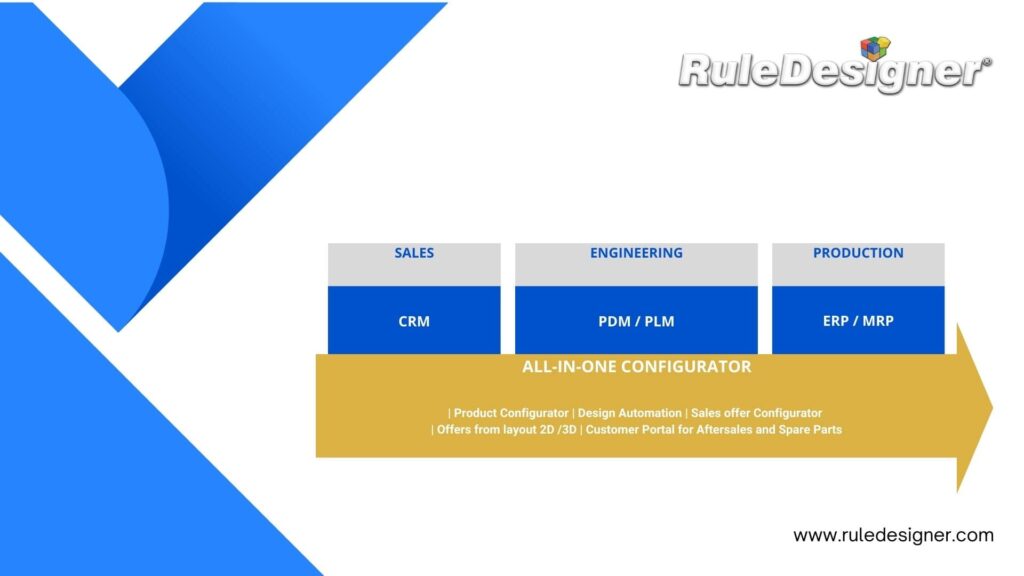Product Configurator | Balancing Uniqueness and Profitability in the Age of Customisation
In today’s corporate landscape, product customisation has established itself as a powerful market differentiator. Companies that are able to offer customers the freedom to build customised solutions enjoy a significant competitive advantage. However, it is crucial to recognise that what is perceived as added value today will be considered the norm tomorrow. For this reason, it is crucial for companies in both the B2C and B2B sectors to invest early on in this direction in order not to fall behind the competition.
The evolution of the market is leading to a radical change in proposition methods and production strategies. Manufacturing companies are having to reconcile several needs: listening to the ‘voice of the customer’, adapting to the rapid evolution of the market, meeting the need for product innovation and, at the same time, effectively managing business planning. These competing forces push companies to rationalise their processes, as it becomes increasingly complex to balance the uniqueness of the offer with the profitability of the product based on a single production paradigm.
In this context, Offer, Product and Service Configuration systems emerge as valuable allies. These tools make it possible to align the customer’s wishes with the technical feasibility and economic viability of the company. Thanks to them, companies can expand their product range, raise the technical level of the solutions offered, increase the rate of innovation and the degree of customisation. At the same time, these systems improve response times, optimise costs and protect margins, leading to greater customer satisfaction.
Configurators do more than just guide the sales process and reduce quotation times. They play a crucial role in consolidating and sharing corporate knowledge. When a request is made for a product that has never before been manufactured in certain sizes or configurations, these systems can automatically create the necessary components, generate the technical documents in 2D and 3D, and produce the technical and production bills of materials.
The versatility of these tools makes them applicable across the entire corporate value chain, from sales to design, from production to after-sales. They can also be used in individual departments for specific goals, such as increasing engineering productivity through design automation.
The success of configurators depends on several key factors. They must be quick and easy to implement, ensure easy maintenance over time and adapt quickly to changes dictated by the market and innovation. It is crucial that they integrate with existing business systems such as CRM, PDM, PLM, ERP and MRP to harmonise processes and data.
An important aspect is usability: to offer real help, configurators must be intuitive in daily use. They must not be limited to handling only data, but must allow the user, especially a non-technical one, to use the product’s virtual twin in 3D (digital twin) during configuration.
In conclusion, product configurators prove to be indispensable tools for companies that want to remain competitive in the era of customisation. They make it possible to effectively balance the uniqueness of the offer with the profitability of the product, while maintaining speed and efficiency in the sales, design and production processes. In a market where customer expectations are constantly evolving, investing in these systems can make the difference between success and obsolescence.



